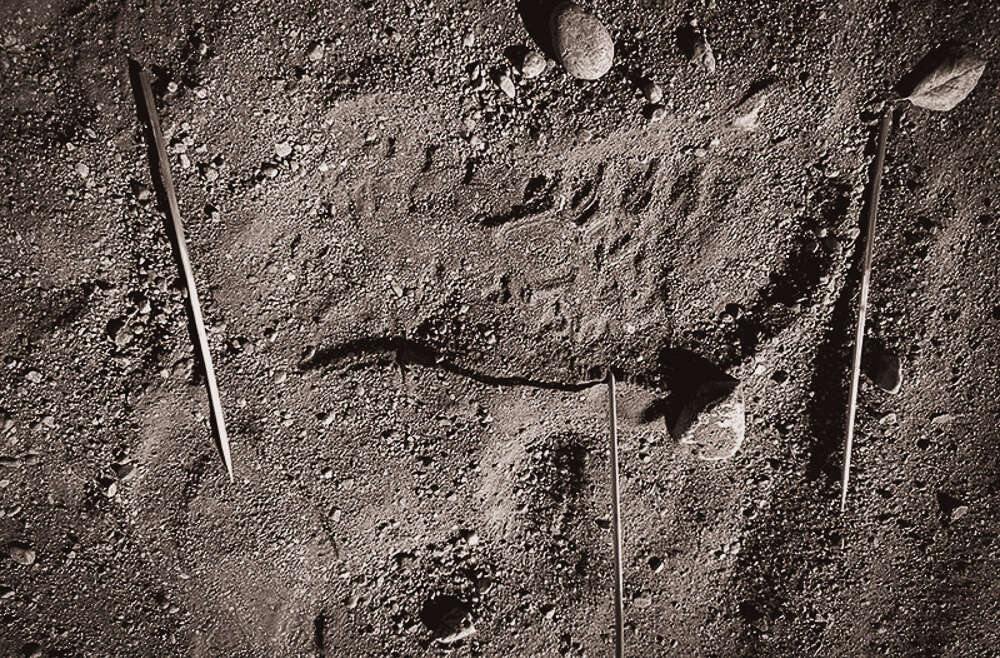Evidence searches in search and rescue operations are critical components aimed at recovering potential pieces of evidence, such as weapons or other critical items, to aid the Sheriff’s Office in its enforcement duties. We also train to recognize potential crime scenes and evidence items, taking steps to avoid scene contamination and evidence loss during search, rescue, and recovery operations.
Search Methods and Techniques
Various methods are employed depending on the terrain and the incident’s specifics. These include the wheel method, where searchers move in a circular pattern from the center outward; the spiral method, moving either inward or outward in a spiral; the strip or grid method, which involves walking parallel paths across an area; and the zone method, where the area is divided into sections for more focused searches. Each method can be chosen based on the scene’s size and the number of searchers available.
Searchers often rely on visual cues but also use auditory methods, calling out for the missing person or listening for responses or signs of life, especially in collapsed structures or dense forest areas.
SAR teams employ various technologies like drones for aerial views, thermal imaging for detecting heat signatures, and GPS for tracking and mapping search areas. These tools help in covering large areas quickly and with greater precision.
Coordination and Management
Incident Command. A central command post coordinates all aspects of the search, including communication between different units, resource management, and the integration of local, regional, or federal assistance. This is essential for managing complex, multi-jurisdictional operations.
Documentation and Mapping. All evidence found or areas searched are documented to avoid duplication and to provide a clear picture of the operation’s progress. This includes marking evidence for later collection, especially if it’s part of a criminal investigation.

